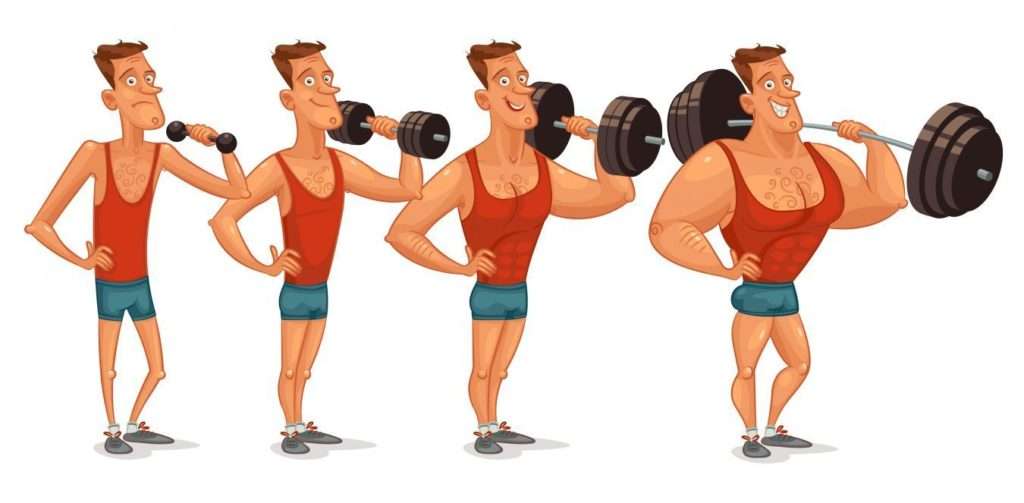Hi Friends of Oompf, its Alvan here. Today, I am going to talk about a very important principle of a training program called Progressive Overload.

Before that, I’d like to explain how the body functions and why this is relevant to your fitness goals. The human body does not care about what workout or exercise goal you have in mind. Your goal of wanting to build muscle, or lose fat, or get toned, or become stronger, or improve performance, or just look great naked is irrelevant.
Your body only knows and cares about one thing: keeping you alive and functioning as efficiently as possible. That’s the only real goal.
And, to ensure it meets this goal, your body is both smart and capable enough to do whatever is needed of it in order to adapt to its environment. What I mean is, the only way your body will ever change or improve the way you want it to be is by creating an environment that proves to your body that these changes and
improvements MUST be made. Or, to put it another way, your body will not change or improve unless you force it to. Therefore, this principle forces your body to change and improve over time.
Definition
Progressive overload simply means that you’re doing more over time. For example, you could be adding some weight to the bar, doing more reps, and/or having more productive training sessions. Referring back to the explanation of your body’s biological goal – to ensure survival, it means that if you lift the same weights, for same number of reps, even after 20 or 30 years, nothing will ever happen. You will just simply maintain your current state. So, put it simply, you just have to keep increasing the demand being placed on your body to force it to improve.

Methods To Progressive Overload
Resistance
The most obvious way to increase the demands you place on your muscles is to increase the load, or weight. If squatting 20kg for 10 reps is too easy, try putting even 2.5kg on each side of the bar—that should be more challenging! However, there is an inverse relationship between reps and weight. The heavier the weight, the lesser reps you will be able to execute properly. However, it is fine because the ultimate goal is to do the same number of reps with more weight.
Reps
Another method will be to simply do more repetitions. Never stop a movement when you reach an arbitrary rep count; keep going until you can’t complete any more on your own with good form. For example, exercise science research shows that your set of exercise should be in the 8 – 12 rep range to maximise muscular growth. So, you would not want to keep adding reps as you get stronger, because at some point, you would improve muscle endurance rather than muscle size. When you reach 12 reps or so, you should increase the resistance rather than simply trying to do more. Your reps will come down, but it will keep you in that optimal range for muscular growth.
Volume
Another way would be increasing the volume of training work done. Volume is sets x reps x resistance. For example, if your goal is maximising muscular growth, you can increase volume by increasing number of sets or resistance of the exercise you are planning to do. In reality, I would keep in an optimal range of reps for muscle growth (which is 8 – 12 reps as explained earlier in the reps method). Resistance would not be changing much for a period of time as strength gains are not as immediate as you think. So, I would increase the number of sets done to increase volume.
Frequency
Increasing frequency of training will definitely increase volume as a whole. For example, if you train 1-2 times a week, increasing frequency to 3-4 times a week will definitely overload your body progressively. If you are training a muscle group once a week, training it twice a week would do the same.
Decrease Rest time between sets
Another way would be to reduce your rest interval between sets, ultimately allowing you to do the same amount of work in less time. This mechanism trains your body to become more metabolically efficient with regard to anaerobic exercise. It means that you will have a more efficient recovery time between sets and thus increasing your stamina.
Feel free to send us any questions on progressive overload or how you have used this to help you gain strength and muscle. Email us at [email protected]

